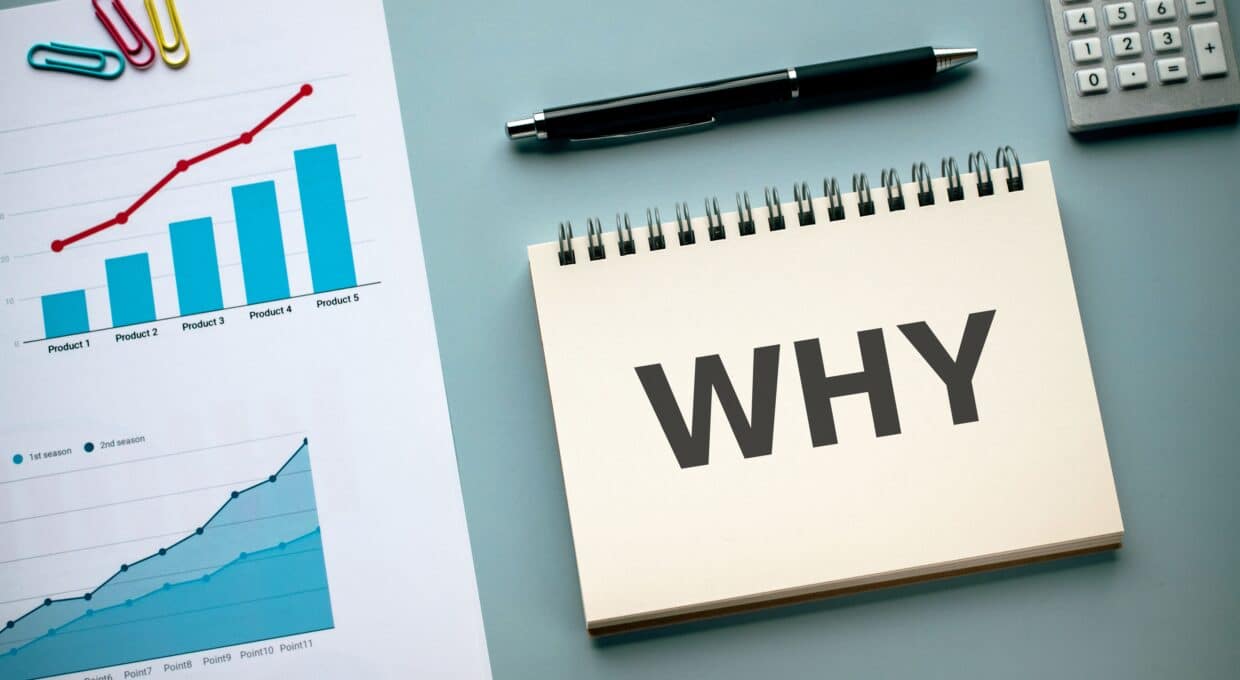The performance of your suppliers is critical to your company’s success. This is why it is vital to routinely and thoroughly evaluate your suppliers. At first glance, this part of procurement process management seems complicated, but it can be streamlined with the right approach and digital tools. Fluxym is here to help.
I. What is supplier evaluation ?
Supplier evaluation spans both potential suppliers and suppliers already included in your supplier base. The supplier evaluation process investigates their actual or expected performance, including specifically:
- The quality of the products or services provided;
- The reliability of the supply chain;
- Their financial viability;
- their compliance with applicable regulations and your procurement policy.
Qualitative criteria
Ask your supplier about their responsiveness, their ability to adapt and innovate, their CSR commitments, and more. There is more to a good partnership than just the service provider’s economic stability or product quality!
II. Why is it important to evaluate your suppliers ?
Supplier evaluation, whether for potential or active suppliers, is a cornerstone of procurement performance. It serves as a compass for purchasers, helping them not only to foresee potential risks but also to base strategic and operational decisions on hard data. Depending on the situation, a supplier evaluation may involve:
- selecting new suppliers;
- improving the company’s relationship with the service provider;
- finding backup suppliers;
- developing an improvement or action plan with the service provider and monitoring its implementation;
- streamlining the number of suppliers, etc.
Supplier evaluation is therefore a crucial part of any procurement strategy.

III. When should you conduct a supplier evaluation ?
Suppliers should be evaluated regularly throughout the supplier life cycle. The questionnaire you send them during the call for tenders is far from sufficient!
You should be evaluating them at key stages of your collaboration.
During supplier sourcing
Are you actively in the call for tenders phase? You should verify that the service providers you plan to work with align with your procurement strategy. The goal is to reduce supplier risks, including financial, regulatory, CSR, and so on.
The timing is perfect, since a call for tenders is also an excellent opportunity to gather information from suppliers. For example, you should ask them about:
- their financial viability;
- their production and delivery capacity;
- their certifications and the standards they follow;
- their CSR policy.
After signing a contract
Your service providers’ performance will inevitably evolve over time, but it must remain at satisfactory levels. Evaluating your suppliers allows you to analyze:
- their compliance with pre-established delivery rates and times;
- the quality of their products and/or services over time;
- the responsiveness of their after-sales service;
- the quality of your business relationship with them, etc.
Of course, a Procurement team committed to strategic supplier management does more than just check their performance—it also looks for ways to improve it. Supplier evaluation helps to identify these opportunities. It therefore drives this continuous improvement process.
After a dispute
A supplier may not meet their obligations or provide you with a product or service that fails to meet your specifications. This is an opportunity to thoroughly evaluate the supplier. Your findings will enable you to implement an appropriate corrective action plan or to justify the termination of the contractual relationship if necessary.
IV. What are the obstacles to a quality evaluation ?
The main challenge of the process is the sheer volume and variety of information that must be considered. A supplier evaluation is based on both quantitative and qualitative data, which comes from multiple parties—internal departments (Procurement, Quality, Accounting, internal customers, etc.) or even the supplier itself.
Specifically, this data may come from :
- site visits;
- product testing;
- the supplier’s certifications and ratings;
- evaluation questionnaires;
- satisfaction surveys of stakeholders;
- external databases (Altares, Ecovadis, etc.);
- your internal tools that can report delivery problems, quality issues, etc.
Buyers must complete, sort, and analyze all of this data. A task on this scale requires solid preparation ahead of time, and the right tools!
V. Buyer methods and tools
Evaluating your suppliers in 4 steps
Here is the methodology used by Fluxym experts to set up and carry out supplier evaluations. Remember to tailor the level of detail to the supplier’s importance to the company… which may have hundreds of suppliers!
I. Identify your strategic suppliers to be prioritized for evaluation
Classify them based on relevant criteria, such as average order volume.
II. Define the indicators to be monitored over time
for each supplier category (e.g., sales, net earnings, economic dependency ratio, etc.). The goal is to measure their performance objectively and appropriately.
III. Identify the people involved in the relationship :
buyers, quality department members, users, internal customers, etc.
IV. Confirm the means to be used
(procedures, tools, and frequency of actions) for qualitative and quantitative monitoring involving all stakeholders.
Evaluating suppliers ultimately poses specific challenges in terms of handling information. It involves collecting, comparing, and tracking a large amount of data. It also requires fast processes for improved responsiveness to supplier risks.
Other challenges include retaining and archiving information to monitor the customer-supplier relationship over time, as well as making processes more reliable.
There are solutions that can help.
Opt for digital solutions
Many procurement departments currently use spreadsheets. Spreadsheets make data processing easier, but they are very limited tools.
The alternatives to spreadsheets are SRM (Supplier Relationship Management) solutions, which are designed to streamline and automate your provider management from A to Z. The best part is that evaluating suppliers is one of their key features!
Among other things, these platforms provide:
- management of evaluation questionnaires, which are commonly used for RFIs (Requests for Information);
- connectors to interface with data providers (Altares, Ecovadis, Provigis, Insee, etc.);
- centralization of data from these external databases and your internal applications;
- collaborative tools for sharing key information between stakeholders and for enhancing supplier knowledge.
With these features, you can set up dashboards to monitor your suppliers’ performance indicators.
They also allow you to conduct a thorough supplier risk evaluation. You can use the solution to set up alerts in the event that your service providers’ financial viability or service quality deteriorates.
Above all, SRM solutions provide you with the insights so that you can create improvement plans and monitor your actions over time.
You need to use the right tools today to reliably evaluate your suppliers. You will be able to make informed decisions, strengthen your relationships with strategic service providers, and successfully implement your procurement strategy. Efficient end-to-end processes are the backbone of effective supplier management.
